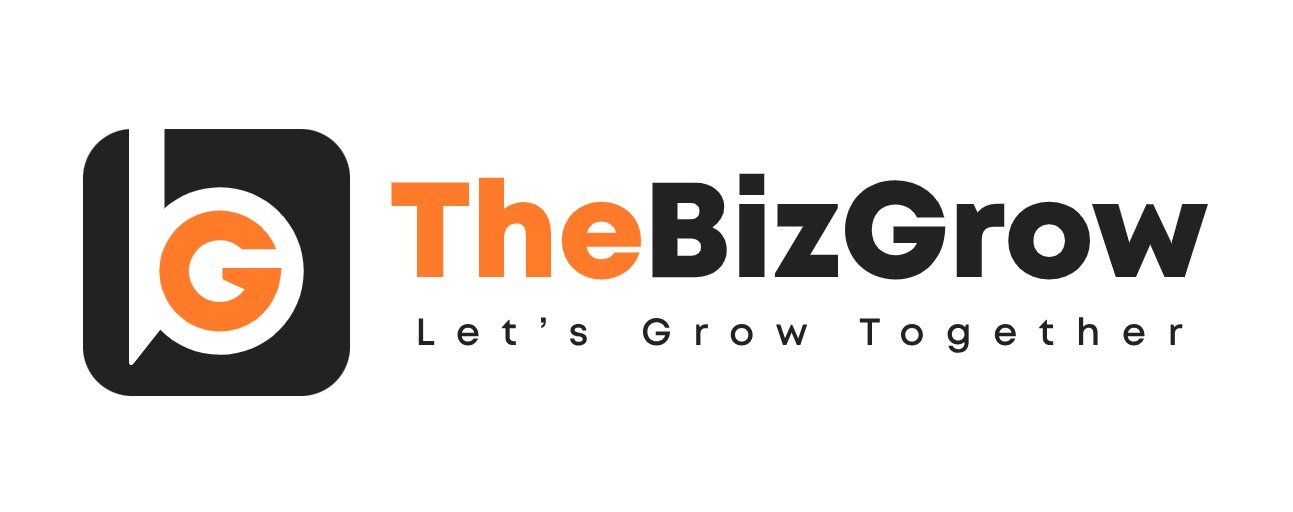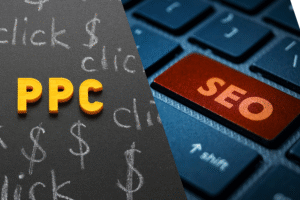The digital marketing landscape is evolving at lightning speed. What worked a year ago may already be outdated today. As we step into 2025, emerging technologies, changing consumer behaviors, and shifting algorithms are reshaping the way brands connect with audiences.
The Changing Rules of the Game
In 2025, digital marketing isn’t just about selling — it’s about creating meaningful, personalized, and trust-based relationships with your audience. Platforms are smarter, competition is fiercer, and consumers are more selective than ever. This means your strategy must be:
-
Data-driven – making every decision backed by insights
-
Customer-first – focusing on value, not just promotion
-
Multi-channel – being present where your audience actually spends time
Marketers who embrace these principles will not just survive but thrive in the new era of digital engagement.
1. AI-Powered Personalization at Scale
Artificial Intelligence is no longer just a “nice-to-have” — it’s the backbone of modern marketing strategies. In 2025, AI is enabling hyper-personalized customer experiences through:
-
Predictive analytics for anticipating customer needs
-
Automated content generation tailored to individual preferences
-
AI chatbots with human-like conversational abilities
-
Dynamic email and ad creatives that adapt in real time
💡 Pro Tip: Use AI tools like Jasper, ChatGPT, or Writesonic for content personalization, and integrate AI-driven CRMs like HubSpot or Salesforce Einstein to deliver relevant messages at the perfect moment.
Why it matters: Customers are more likely to engage with and purchase from brands that feel like they understand them personally.
2. Generative Engine Optimization (GEO) & Search 3.0
Search is no longer just about typing keywords into Google. With the rise of AI-powered search engines like ChatGPT Search, Google SGE (Search Generative Experience), and Perplexity, marketers must adapt their SEO strategy to Generative Engine Optimization (GEO).
This means:
-
Structuring content so AI search tools can cite your brand
-
Creating FAQ-rich, authoritative, and concise content for AI summaries
-
Optimizing for voice and conversational queries
-
Leveraging visual search through platforms like Pinterest Lens and Google Lens
💡 Pro Tip: Think in terms of questions and answers — AI engines thrive on well-structured, context-rich responses.
3. Short-Form Video Dominance
Platforms like TikTok, Instagram Reels, and YouTube Shorts continue to command massive attention spans. In 2025, short-form video isn’t just for brand awareness — it’s driving direct conversions through:
-
Shoppable videos where viewers can purchase in-app
-
Educational micro-content that solves specific problems fast
-
Influencer partnerships for authentic storytelling
-
Vertical, full-screen creative formats
📊 According to HubSpot’s 2025 marketing report, 72% of consumers prefer learning about a product through video over any other medium.
💡 Pro Tip: Keep videos between 15–45 seconds for maximum impact and always include a clear call-to-action (CTA).
4. Social Commerce Goes Mainstream
Social platforms are now full-fledged marketplaces. Instagram, TikTok, and Facebook have built seamless checkout experiences, while Pinterest and YouTube are integrating clickable product links directly into content.
Key strategies:
-
Using TikTok Shop and Instagram Checkout to sell directly
-
Collaborating with creators for product demonstrations
-
Using user-generated content (UGC) as shoppable posts
-
Leveraging live streaming for flash sales
💡 Pro Tip: Social commerce works best when entertainment meets utility — avoid making your posts feel like traditional ads.
5. Voice & Visual Search Optimization
With smart speakers and visual search tools becoming more common, consumers are increasingly finding products without typing a single word.
Voice search best practices:
-
Optimize for natural, conversational language
-
Use long-tail keywords that mimic spoken questions
-
Create FAQ pages with direct, concise answers
Visual search best practices:
-
Use high-quality, keyword-rich images
-
Add descriptive alt text for every visual asset
-
Ensure your product catalog is visually optimized on platforms like Pinterest and Google Shopping
💡 Pro Tip: Voice search often results in a single answer — make sure your content is the one chosen.
6. Data Privacy & Ethical Marketing
Consumers are more aware than ever about how their data is being used. In 2025, privacy-first marketing is not only a legal requirement in many regions but also a trust-building strategy.
Best practices:
-
Be transparent about data collection and usage
-
Offer easy opt-out and consent management options
-
Use first-party data to build customer profiles instead of relying on third-party cookies (which are being phased out)
💡 Pro Tip: Position your brand as one that respects and protects user data — it will be a competitive advantage.
7. AR, VR & Immersive Experiences
Augmented Reality (AR) and Virtual Reality (VR) are no longer just futuristic concepts — they’re mainstream marketing tools in 2025.
Examples:
-
Virtual try-on for fashion and cosmetics
-
3D product demonstrations for e-commerce
-
Immersive brand experiences in the metaverse
💡 Pro Tip: Even small businesses can adopt AR through tools like Shopify AR, Snap AR Lenses, and Meta Spark Studio.
Final Thoughts
Digital marketing in 2025 is about being where your audience is, speaking their language, and delivering experiences that feel personal, instant, and immersive.
If you want your brand to thrive:
-
Embrace AI and GEO early
-
Invest in short-form, shoppable content
-
Prioritize data privacy
-
Explore immersive technologies
The brands that adapt quickly will lead — the ones that wait will struggle to catch up.




